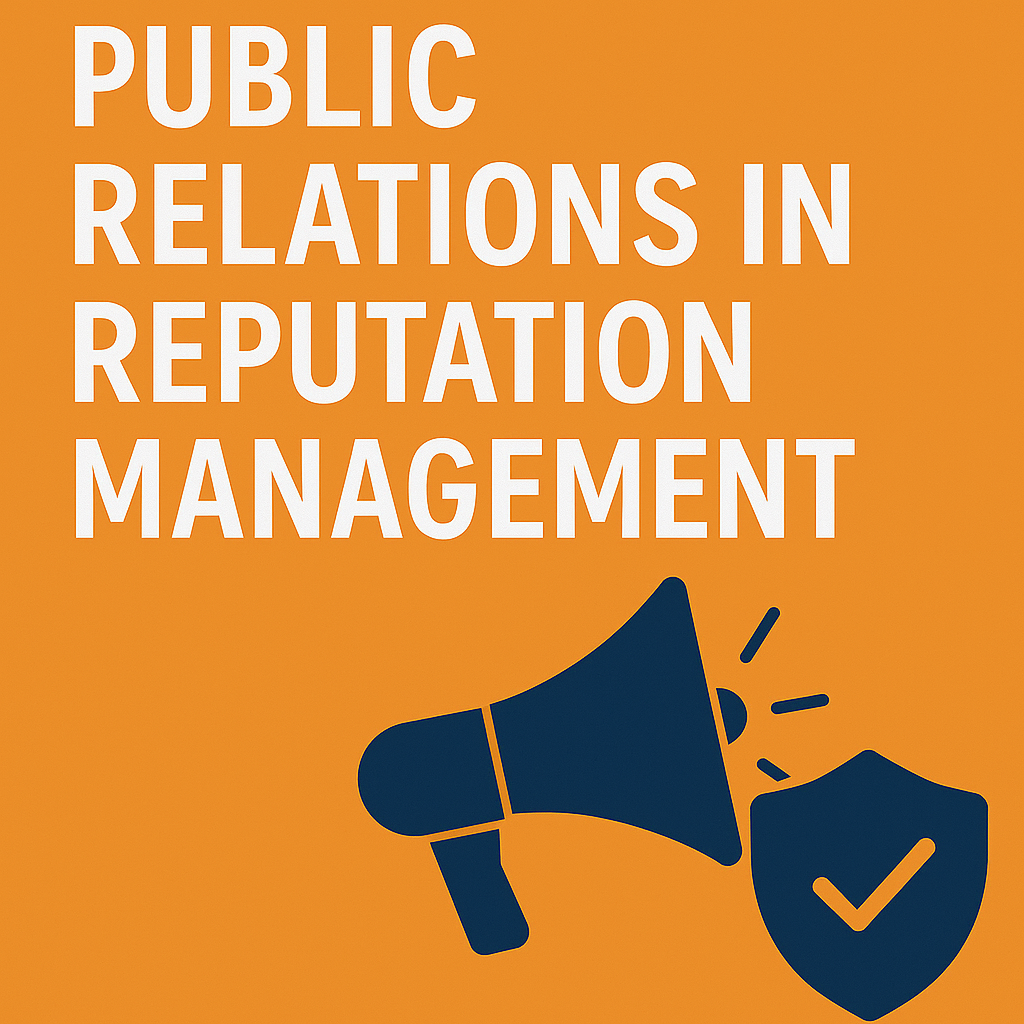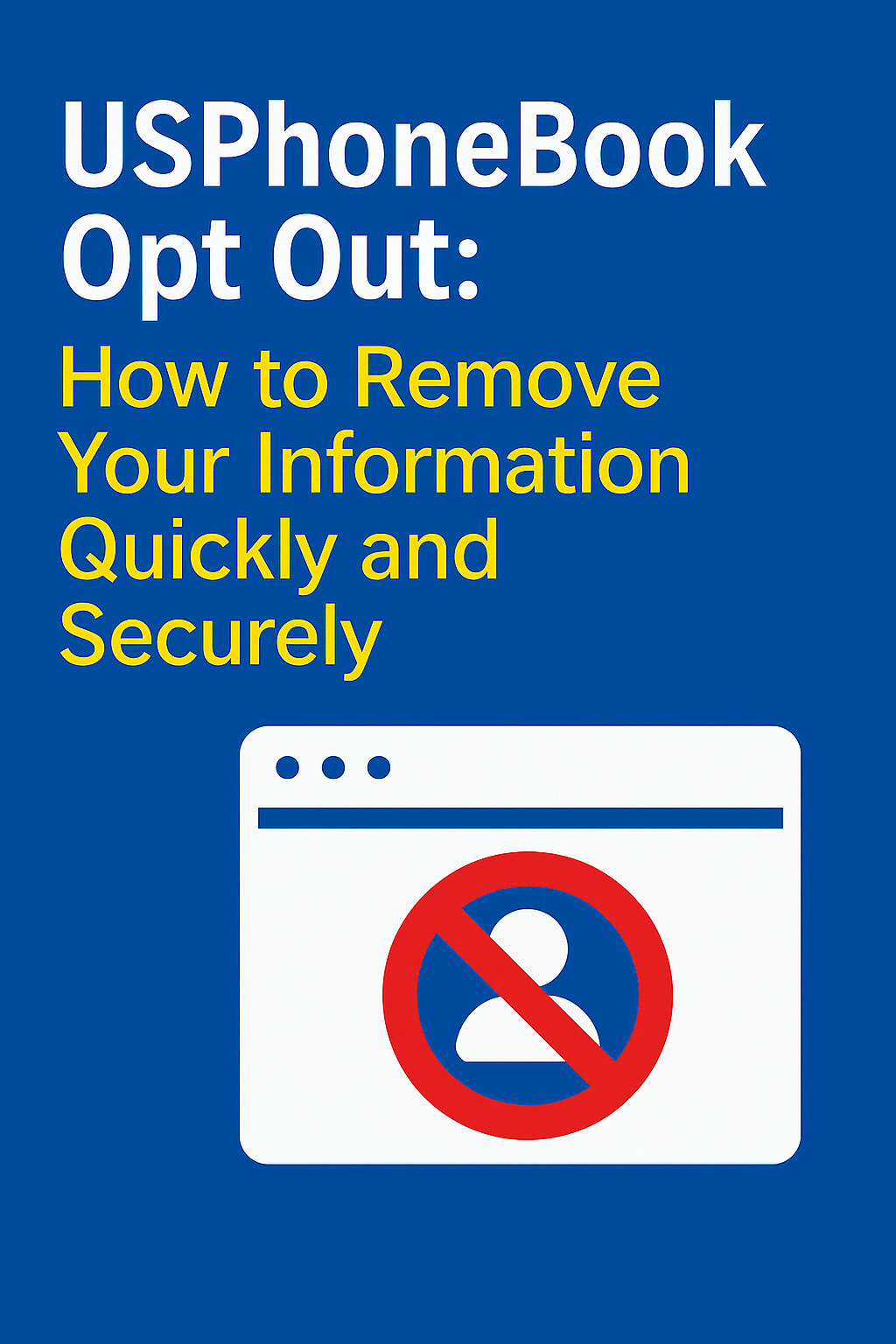Why PR Is Central to Effective Reputation Management
A brand’s reputation isn’t just what’s published online—it’s the sum of what the public believes about it. That perception is shaped in large part by public relations. Effective PR builds credibility, protects against reputation risks, and ensures that the right stories dominate the public conversation.
“Reputation is earned, but public relations is how you shape the narrative.” — Anonymous PR Strategist
Key Elements of Reputation-Focused Public Relations
1. Proactive Messaging
PR ensures that your brand’s story is consistently shared across:
- Press releases
- Thought leadership articles
- Interviews and podcasts
- Social media announcements
2. Crisis Communications
When things go wrong, a strong PR plan is the first line of defense. Key tactics include:
- Creating holding statements
- Coordinating responses across media
- Engaging stakeholders early and often
- Issuing timely press releases that minimize damage
3. Media Relations
Maintaining strong relationships with journalists, editors, and bloggers increases the chances of:
- Positive coverage
- Story placements in top-tier media
- Fair reporting during crises
4. Reputation Monitoring
Public relations integrates tools to track public sentiment in real-time. This includes:
- Media monitoring tools (Meltwater, Cision)
- Social listening dashboards (Brand24, Mention)
- Sentiment analysis and keyword trend monitoring
How PR Supports Long-Term Brand Trust
- Shapes consistent brand narratives across channels
- Bridges communication between leadership and the public
- Establishes credibility through third-party validation
- Highlights customer success stories
- Humanizes executives through feature interviews
Additional Trust-Building Tactics:
- Transparent disclosures during sensitive times
- Regular media training and leadership alignment
- Publishing core values through earned media opportunities
Reputation Risks That PR Can Prevent
- Misinformation going viral
- Lack of transparency during change or crisis
- Silence during public backlash
- Conflicting statements from leadership
- Reputation hijacking by competitors or rogue employees
Common PR Failures:
- Delayed responses to media inquiries
- Uncoordinated or inconsistent statements from spokespeople
- Failing to own responsibility in crisis situations
- Over-reliance on scripted communication
8 PR Tactics to Strengthen Reputation Management
1. Establish a Message House
A message house is a framework that includes:
- Core messaging
- Supporting messages
- Proof points
It ensures every spokesperson is aligned on the brand narrative.
2. Pitch Earned Media Opportunities
Strategically pitch stories to:
- Local news outlets
- Trade publications
- National business and consumer media
3. Leverage Owned Media
Maintain control by publishing content on:
- Your company blog
- LinkedIn profiles
- Your newsroom or press page
4. Prepare a Crisis Communications Plan
Include:
- Contact lists
- Pre-drafted statements
- Escalation protocol
- Response templates for social, web, and press
5. Train Your Spokespeople
Conduct media training for executives to:
- Stay on message
- Handle tough questions
- Avoid misquotes
6. Promote Community Engagement
Sponsor events, participate in local causes, and highlight your social impact through press releases and partnerships.
7. Manage Online Reputation via PR-Driven SEO
- Optimize press releases for branded keywords
- Secure guest posts that build E-E-A-T (Experience, Expertise, Authority, Trust)
- Submit executives for awards and rankings
8. Respond Quickly to Press Inquiries
Speed and accuracy are critical during media engagement. A prompt response builds journalist trust and increases publication chances.
Real Case Study: PR-Driven Reputation Recovery
Company: Fintech startup impacted by a data breach
Problem:
- Negative headlines dominated Google search
- Customer trust plummeted
- Social sentiment turned hostile
Solution:
- Immediate PR crisis response within 1 hour
- Data breach transparency press release
- Media interviews with the CEO
- Launch of educational content campaign
- Press outreach to highlight enhanced security measures
Outcome:
- 7 top-tier placements with favorable framing
- 3 positive articles replaced negative search results within 30 days
- Restored media trust and improved NPS score
How PR and SEO Work Together in Reputation Management
- PR generates quality backlinks that power SEO
- Earned media often ranks on Google page one
- Press mentions help Google’s algorithm validate your brand
- Press kits and quotes build E-E-A-T
SEO Tactics Powered by PR:
- Link-building from editorial mentions
- Domain authority through partner contributions
- Newsjacking to ride trending topics and improve visibility
- Story amplification through paid social promotion of earned media
PR in Different Industries: Reputation Examples
Healthcare:
- Emphasize trust, compliance, and transparency
- Crisis response around medical errors or patient reviews
Finance:
- Proactive media control during market turbulence or product changes
- Showcase leadership ethics and customer service standards
Tech:
- Reputation protection during outages or breaches
- Highlight innovation through media briefings and product PR
Hospitality:
- Address negative reviews with structured response templates
- Highlight partnerships, awards, and sustainability initiatives
OptimizeUp: Reputation Management Backed by Strategic PR
At OptimizeUp, we blend public relations with online reputation strategies to:
- Control the brand narrative
- Suppress negative content with earned media
- Create press kits and editorial calendars
- Pitch your story to relevant outlets
- Train executives and manage media relationships
- Monitor search trends and public sentiment
👉 Book a free consultation to learn how PR can protect and elevate your reputation.
Frequently Asked Questions
Yes. PR shapes perception, communicates value, and defends your brand in real time.
It allows you to deliver clear, coordinated, and timely information that limits damage and restores trust.
By building relationships with journalists, offering relevant news angles, and being available and responsive.
PR can help push negative links down by replacing them with stronger, higher-ranking, and more positive content.
Absolutely—especially for companies, executives, and public figures managing complex issues or visibility at scale.
PR focuses on earned and owned media and public perception, while marketing typically promotes products and drives conversions through paid channels.
Public-facing PR and internal support teams should collaborate to reflect unified messaging during customer issues or viral events.
MLA Citations
“Why Public Relations Is Vital to Brand Health.” PR Newswire, https://www.prnewswire.com/news-releases/public-relations-and-brand-reputation. Accessed 13 May 2025.
“The Role of Public Relations in Corporate Reputation.” Harvard Business Review, https://hbr.org/2023/02/the-role-of-pr-in-brand-reputation. Accessed 13 May 2025.
“Crisis Communications Playbook for Modern Brands.” Cision, https://www.cision.com/us/resources/tip-sheets/crisis-comms/. Accessed 13 May 2025.
“What Is E-E-A-T and Why It Matters.” Search Engine Journal, https://www.searchenginejournal.com/eeat-google-seo/. Accessed 13 May 2025.
“How PR and SEO Create Online Trust.” Moz Blog, https://moz.com/blog/pr-seo-reputation. Accessed 13 May 2025.





